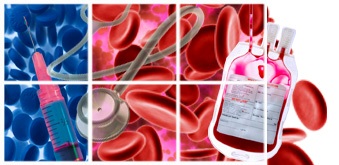The MAES initiative designed and developed technology that collects data from multiple sources, analyzes the data for trends and patterns, and, using handheld devices, deliver context sensitive, location based alerts and advice to users on healthcare, disease, safety, and environmental related issues.
Humanitarian relief, disaster recovery, nation building: these missions are becoming more significant for both military and non-governmental organizations every day. Health awareness and a proactive approach to health outcomes are critical to these missions, but, in many developing countries, even basic reporting of the health status of affected populations can be a daunting task. Communications infrastructures are minimal, transportation may be difficult, time is short, and the focus is often on addressing basic human survival needs. Establishing baselines for epidemiological awareness may be too time consuming and difficult to be a priority.




